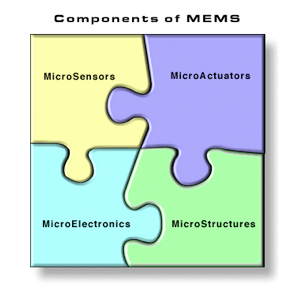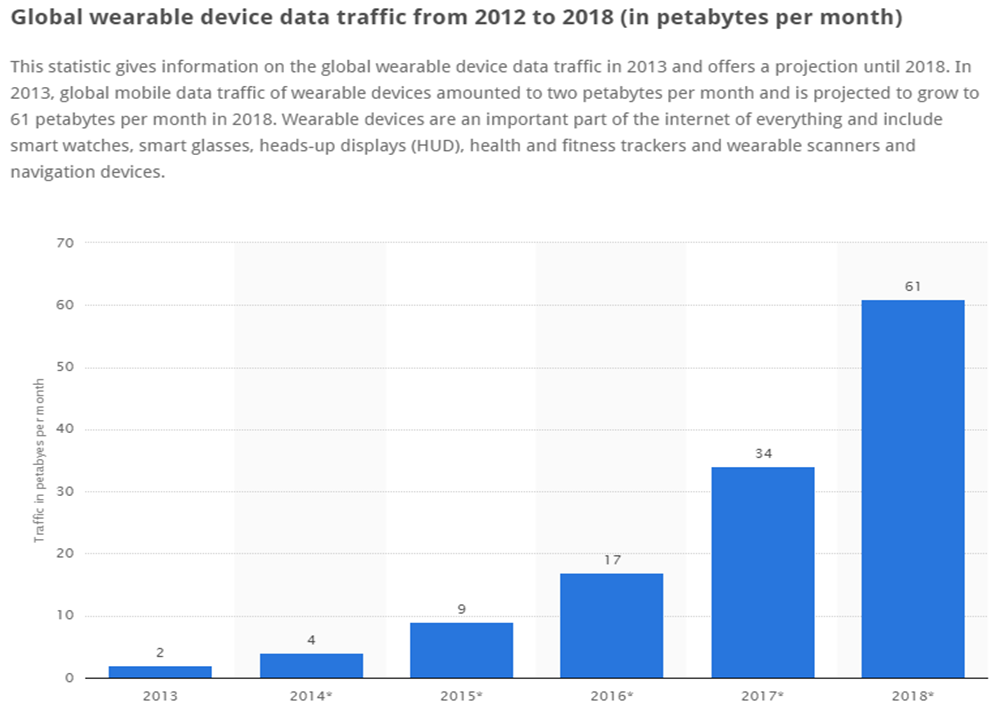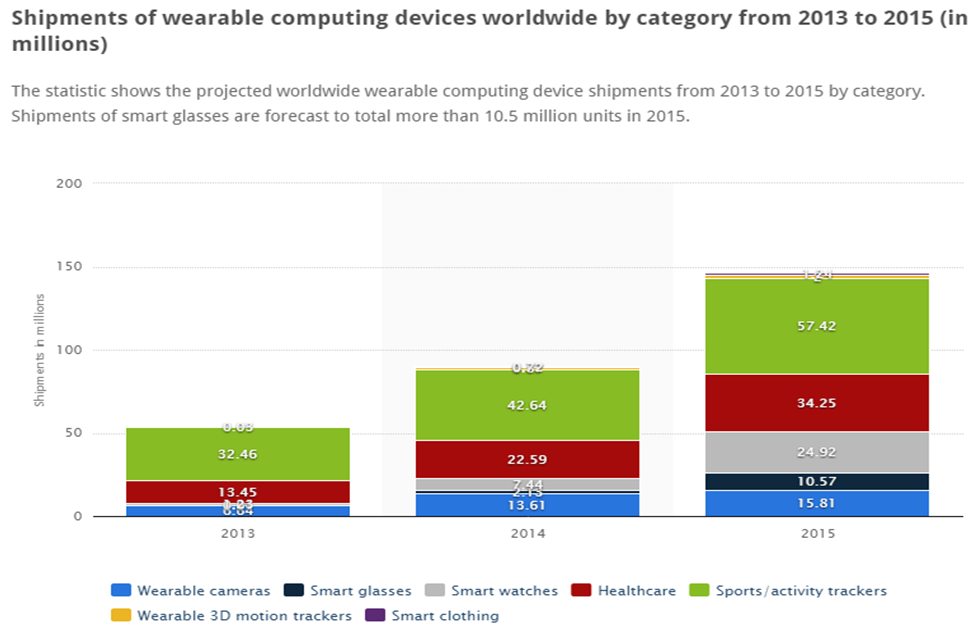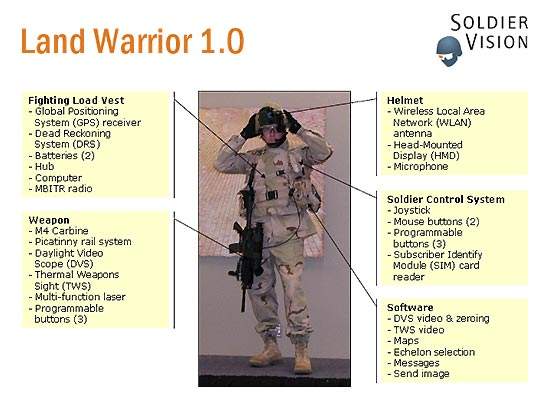-
Wearable Technology
What is Wearable Technology?
The terms “wearable technology”, “wearable devices”, and “wearables” all refer to electronic technologies or computers that are incorporated into items of clothing and accessories which can comfortably be worn on the body.
So wearable technology can perform many of the same computing tasks as mobile phones and laptop computers. In some cases, wearable technology can outperform these hand-held devices entirely. Wearable technology tends to be more sophisticated than hand-held technology on the market today because it can provide sensory and scanning features such as biofeedback and tracking of physiological function. Examples of wearable Technology: watches, glasses, contact lenses, e-textiles and smart fabrics, headbands, jewellery such as rings, bracelets, and hearing aid-like devices that are designed to look like earrings.
- Wearable Technology characteristics
- Has some form of communications capability.
- Will allow the wearer access to information in real time.
- Has data-input capabilities.
- Has local storage capabilities.
What is Wearable Technology?
More invasive versions of the concept are implanted devices such as micro-chips or even smart tattoos. The purpose of wearable technology is to create constant, convenient, seamless, portable, and mostly hands-free access to electronics and computers.
Benefits of Wearable Technology
- Recent surveys suggest that the perceived benefits are:
- Improved safety: Ninety percent of consumers expressed that the ability for parents to keep children safe via wearable technology is important.
- Healthier living: More than 80 percent of consumers listed eating healthier, exercising smarter and accessing more convenient medical care as important benefits of wearable technology.
- Simplicity & ease of use: Eighty-three [percent] of respondents cited simplification and improved ease of technology as a key benefit of wearable technology.
Wearable Tech a Timeline (1961 to 1989)

-
Wearable Tech a Timeline (1990 – 2014)

-
Uses of Wearable Technology Applications

- Wearable technology can be embedded in smart glasses and can used in many ways, for example:
- Google Glass have begun shipping.
- Pebble Smart Watch begins shipping.
- Sony, Samsung, Apple and Qualcomm launch new smart watches.
- Microsoft files patent for smart glass technology.
- Continuous, light-based heart rate monitoring enters sports market.
- Uses of Wearable Tech
- Fitness and Wellness
- Devices which pass the two tests of wearable technology and are used in the monitoring of activity and emotions.
- Healthcare and Medical
- Devices which pass the two tests of wearable technology and require FDA or equivalent approval. They are used in monitoring of vital signs, as well as for augmenting senses.
- Industrial and Military
- Devices that pass the two tests of wearable technology and receive/transmit real-time data in military and/or industrial environments.
- Infotainment
- Devices that pass the two tests of wearable technology and are used to receive and transmit real-time information for entertainment or enhanced lifestyle purposes.
-
Uses of Wearable Tech trends
-
Components of MEMS

Micro-Electro-Mechanical Systems, or MEMS, is a technology that in its most general form can be defined as miniaturized mechanical and electro-mechanical elements (i.e., devices and structures) that are made using the techniques of microfabrication.
🔗 http://www.memsnet.org/mems/what_is.html
Uses of Wearable Tech – Application vs Product Categories Application Product Categories Healthcare and Medical Blood Pressure MonitorsInsulin Pumps
Continuous Glucose MonitoringSmart Glasses
DefibrillatorsPatches
Drug Delivery ProductsPers
ECG MonitorsPulse Oximetry
Hearing AidsFitness and Wellness Activity Monitors Sleep Sensors
Emotional MeasurementSmart Glasses
Fitness & Heart Rate Monitors Smart Clothing
Foot Pods & PedometersSmart Watches
Heads-up DisplaysOther, Audio EarbudsInfotainment Bluetooth Headsets
Heads-up Displays
Imaging Products
Smart Glasses
Smart WatchesIndustrial Hand-worn Terminals
Heads-up Display
Smart Clothing
Smart GlassesMilitary Hand-worn Terminals
Heads-up Display
Smart Clothing -
Wearable Tech-Sports

- Uses
- Track Performance
- Reduce/Prevent injury
- Tech
- ECG
- Accelerometers
- Gyroscopes
- GPS
- GSR
- Product
- Nike +
- Adidas miCoach
- FuleBand
- GPSports
-
Wearable Tech – Protection

- Uses
- Emergency Services
- Military
- MotorSports
- Tech
- Temperature Sensors
- Heart rate (ECG)
- Accelerometers
- GPS
- Gyroscopes
- Sp02
- Product
- Hovding
- Fibretronic
- ...
-
Wearable Tech – Fashion

- Uses
- Push Notifications
- Advertising
- Tech
- LEDs
- Heating
- Conductive Yarns
- Embedded Controls
- Product
- *Watch
- Fibretronic
- ...
-
Wearable Tech - Health

- Uses
- Track Activity Levels
- Track Sleep
- Maintain Health
- Tech
- ECG
- Accelerometers
- Gyroscopes
- GPS
- GSR
- EEG
- Blood Glucose
- Product
- ZEO Sleep monitor
- Jaebone
- FitBit
- ...
-
Wearable Tech - Military
-
Market value for Wearable Technology devices between 2010 and 2018


-
Market shipment graph for Wearable Technology worldwide in millions1

1-🔗 http://www.statista.com/statistics/302684/wearable-devices-shipments-worldwide-by-category/
-
References
William Burns, University of Ulster
Tehrani, Kiana, and Andrew Michael. “Wearable Technology and Wearable Devices: Everything You Need to Know.” Wearable Devices Magazine, WearableDevices.com, March 2014.
Mashable, (2014). The History of Wearable Tech, From the Casino to the Consumer. [online] Available at: 🔗 http://mashable.com/2014/05/13/wearable-technology-history/ [Accessed 19 Nov. 2014].
Arion McNicoll, f. (2014). Digital tattoos, mind-reading headphones: The shape of things to come?. [online] CNN. Available at: 🔗 http://edition.cnn.com/2013/05/02/tech/innovation/future-of-design/ [Accessed 19 Nov. 2014].
Beechamresearch.com, (2014). Wearable Technology Application Chart :: Beecham Research. [online] Available at: 🔗 http://www.beechamresearch.com/article.aspx?id=20 [Accessed 19 Nov. 2014].
Wearable Technology – Market Assessment. (2013). 1st ed. [pdf] www.ihs.com. Available at: 🔗 https://ihsmarkit.com/products/wearable-technology-report.html [Accessed 19 Nov. 2014].
Memsnet.org, (2014). What is MEMS Technology?. [online] Available at: 🔗 http://www.memsnet.org/mems/what_is.html [Accessed 19 Nov. 2014].



